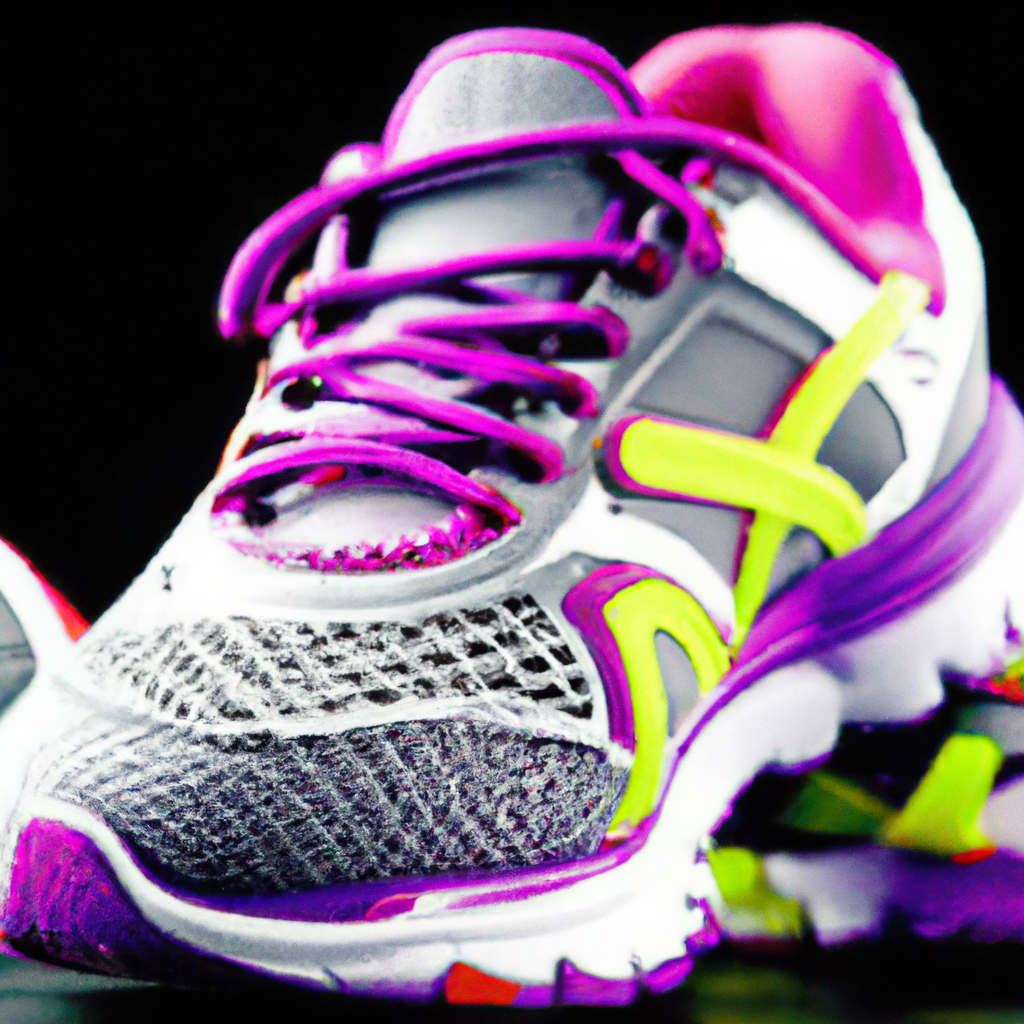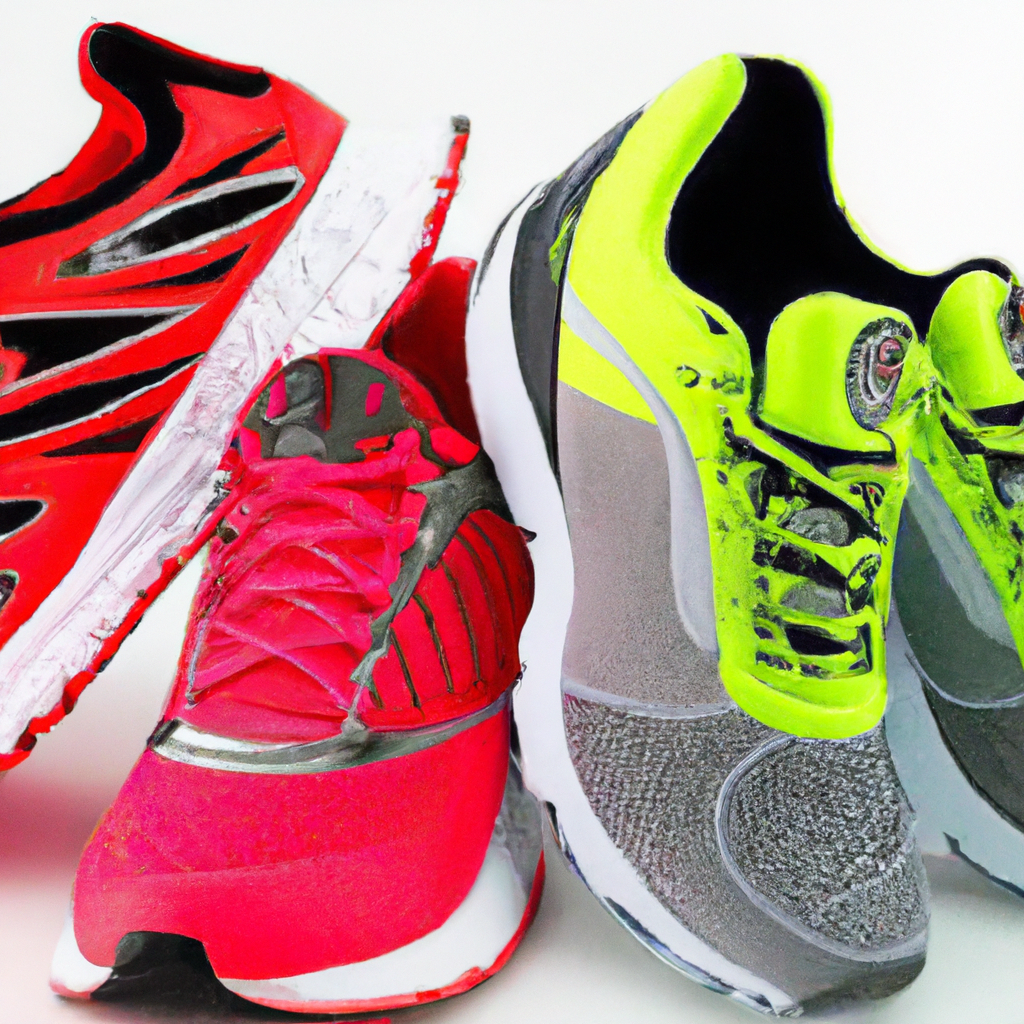Are you looking to shed those stubborn belly fat? Well, look no further! In this article, we will explore the different types of walks that can help you achieve your goal. From brisk walking to power walking, find out which walk is best suited to burn belly fat and get you closer to your desired waistline. Get ready to shake off those extra pounds and strut your stuff with confidence!

Walking for Belly Fat Loss
If you’re looking to shed some extra pounds around your midsection, walking could be the solution you’ve been searching for. Many people wonder if walking can actually burn belly fat, and the answer is a resounding yes! Walking is a low-impact, accessible form of exercise that can have a significant impact on reducing belly fat. In this article, we will explore the benefits of walking for belly fat loss, the factors that can affect its effectiveness, and how to create a walking routine that suits your needs.
Does Walking Burn Belly Fat?
Before we dive into the specifics, let’s address the burning question – does walking burn belly fat? The simple answer is yes, it can. Walking is a great way to burn calories, and when you burn more calories than you consume, your body taps into its fat stores for energy, including the stubborn fat around your belly. However, it’s important to understand that spot reduction is not possible. This means that while walking can contribute to overall fat loss, you can’t solely focus on losing belly fat by walking alone. It requires a combination of cardiovascular exercise, strength training, and a healthy diet to achieve the best results.
Benefits of Walking for Belly Fat Loss
Walking offers a multitude of benefits beyond just burning calories. Here are some of the key advantages of incorporating walking into your weight loss journey:
-
Increases calorie expenditure: Walking is a form of cardiovascular exercise that raises your heart rate and burns calories. The more calories you burn, the more likely you are to lose weight, including belly fat.
-
Boosts metabolism: Regular walking can boost your metabolism, making it easier to maintain a healthy weight and burn fat more efficiently.
-
Reduces visceral fat: Visceral fat is the fat that surrounds your internal organs and is linked to increased health risks. Walking can help reduce visceral fat, promoting better overall health.
-
Improves cardiovascular health: Walking helps strengthen your heart and improve circulation, reducing the risk of heart disease and other cardiovascular conditions.
-
Enhances mood and mental well-being: Walking releases endorphins, the feel-good hormones, which can help reduce stress, anxiety, and symptoms of depression.
Factors Affecting Belly Fat Loss through Walking
While walking alone can contribute to belly fat loss, several factors can affect its effectiveness. By considering and implementing these factors, you can optimize your walking routine for better results.
Intensity and Duration of Walking
The intensity and duration of your walking sessions play a vital role in determining how much belly fat you can lose. Here are two approaches you can try:
High-Intensity Interval Walking
High-intensity interval training (HIIT) involves alternating between periods of vigorous exercise and recovery. Incorporating HIIT techniques into your walking routine can elevate your heart rate, increase calorie burn, and stimulate fat loss. For example, you can walk at a brisk pace for 1-2 minutes, then increase your speed to a fast walk or light jog for 30-60 seconds, before returning to the brisk pace. Repeat this cycle for the duration of your walk.
Long-Distance Walking
Another effective approach is long-distance walking, where you maintain a steady pace for an extended period. This type of walking challenges your endurance and can lead to significant calorie burn. Aim to walk for at least 30 minutes at a moderate intensity or longer if you can.
Brisk Walking vs. Slow Walking
The intensity level of your walking can make a difference in how many calories you burn. Brisk walking, where you walk at a pace where you can still hold a conversation but feel a bit breathless, is more effective for burning belly fat compared to a leisurely stroll. However, even slow walking can be beneficial for beginners or those with limited mobility, as it still helps increase overall activity levels and burn calories.
Incorporating Incline and Terrain
Varying the incline and terrain of your walking routes can add an extra challenge to your routine and target different muscle groups. Here are a couple of ways you can incorporate incline and terrain into your walks:
Walking on Inclined Surfaces
Walking uphill or on inclined surfaces engages your leg muscles, challenges your cardiovascular system, and increases calorie burn. Look for hilly areas or use incline settings on treadmills to add an incline to your walking regimen. Start with shorter distances on inclines and gradually increase the duration and intensity.
Hiking for Belly Fat Loss
Taking your walking routine to the great outdoors and exploring hiking trails can provide numerous benefits for belly fat loss. Hiking involves walking on varying terrain, such as hills, rocky paths, and uneven surfaces. This not only increases calorie expenditure but also engages your core muscles, contributing to more effective belly fat loss. Hiking also offers the added benefit of enjoying nature, reducing stress, and improving mental well-being.
Interval Training and Structured Workouts
Adding interval training and structured workouts to your walking routine can maximize your fat-burning potential and keep your workouts fresh and exciting. Consider the following approaches:
Interval Walking for Belly Fat Loss
Interval walking combines short bursts of high-intensity effort with periods of active recovery. This method helps elevate your heart rate, increase calorie burn, and improve cardiovascular fitness. To incorporate interval walking into your routine, alternate between walking at a comfortable pace and walking at a faster, more challenging pace for predetermined intervals. Gradually increase the intensity and duration of the higher-intensity intervals as you become more comfortable.
Structured Walking Programs
Structured walking programs, such as walking challenges or guided workout plans, can provide structure and motivation to your belly fat loss journey. These programs often include a combination of different walking techniques, challenges, and workouts that keep you engaged and progressing towards your goals. Look for online resources or mobile apps that offer structured walking programs tailored to your fitness level and goals.

Combining Walking with Other Exercises
While walking can be highly effective for belly fat loss, incorporating other forms of exercise can enhance your results. Here are two complementary exercises to consider:
Strength Training and Walking
Including strength training exercises in your routine can help build lean muscle mass, boost metabolism, and further accelerate belly fat loss. Strength training exercises can be done either on alternate days or in conjunction with your walking sessions. Focus on compound exercises that target multiple muscle groups, such as squats, lunges, push-ups, and planks. Consider seeking guidance from a certified personal trainer to create a safe and effective strength training regimen.
Circuit Training and Walking
Circuit training combines strength training and cardiovascular exercises into a fast-paced, efficient workout. By incorporating bodyweight exercises, such as jumping jacks, mountain climbers, burpees, and high knees, into your walking routine, you can increase calorie burn, challenge your muscles, and further promote belly fat loss. Design your own circuit training routine or follow along with online videos or fitness apps that provide guided circuit workouts.
Nutrition and Walking for Belly Fat Loss
When it comes to belly fat loss, exercise alone is not enough. Pairing your walking routine with a healthy, well-balanced diet is crucial for achieving and maintaining your weight loss goals. Consider the following aspects:
Considering Calorie Intake
To lose weight, you need to create a calorie deficit. This means consuming fewer calories than you burn. However, it’s important to strike a balance and avoid extremely low-calorie diets, as they can be unsustainable and lead to nutrient deficiencies. Consult with a registered dietitian or use online tools to determine a suitable calorie intake that supports your weight loss goals while providing essential nutrients for overall health.
Eating a Well-Balanced Diet
Focus on incorporating whole, nutrient-dense foods into your diet, including fruits, vegetables, lean proteins, whole grains, and healthy fats. These foods provide essential vitamins, minerals, and fiber to support overall health and optimize your body’s fat-burning potential. Limit your intake of processed foods, sugary beverages, and foods high in saturated fats and trans fats, as they can contribute to weight gain and belly fat accumulation.

Creating a Walking Routine
Establishing a consistent walking routine is crucial for achieving and maintaining belly fat loss. Consider the following steps when creating your personalized walking plan:
Setting Realistic Goals
Start by setting realistic and achievable goals. While it’s tempting to aim for quick results, gradual and sustainable progress is more important in the long run. Focus on losing 1-2 pounds per week, which equates to a calorie deficit of 500-1000 calories per day.
Scheduling Your Walks
Plan your walks ahead of time and schedule them into your daily or weekly routine. Consistency is key, so aim for at least 150 minutes of moderate-intensity aerobic activity or 75 minutes of vigorous-intensity activity per week, as recommended by the American Heart Association.
Staying Motivated
Staying motivated is essential to sticking with your walking routine. Find ways to make your walks enjoyable, such as exploring new routes, listening to music or podcasts, walking with a friend or pet, or using a fitness tracker to monitor your progress. Celebrate your achievements along the way, whether it’s reaching a milestone or simply completing your scheduled walks for the week.
Monitoring Progress and Making Adjustments
Tracking your progress and making adjustments along the way ensures that you stay on track towards your goals. Consider the following strategies:
Tracking Steps and Distance
Using a pedometer or a fitness tracker, monitor the number of steps you take and the distance you cover during each walk. Gradually increase your step count or push yourself to walk a bit farther each time to continue challenging yourself and burning more calories.
Measuring Waist Circumference
In addition to tracking physical activity, measuring your waist circumference can provide insight into your belly fat loss progress. Excess belly fat is typically associated with an increased risk of health issues. Using a tape measure, measure your waist circumference at the level of your belly button and note the measurements over time. Watching this measurement decrease can be highly motivating and indicative of your progress.
Adapting Your Routine
As your fitness level improves and you become more comfortable with your routine, it’s important to periodically evaluate and adjust your walking program. Gradually increase the duration, intensity, or frequency of your walks to continuously challenge your body and prevent plateauing.

Important Considerations
While walking is generally a safe and low-impact exercise, it’s important to keep the following considerations in mind:
Consulting with a Healthcare Professional
Before beginning any new exercise program, especially if you have any pre-existing health conditions, it is recommended to consult with a healthcare professional. They can provide personalized advice and ensure that walking is suitable for your specific needs.
Avoiding Overexertion or Injury
Listen to your body and avoid overexertion or pushing yourself too hard too soon. Start with shorter durations and gradually increase the intensity and duration of your walks. If you experience any pain, discomfort, or unusual symptoms during or after walking, consult with a healthcare professional.
Listening to Your Body’s Cues
Pay attention to your body’s cues during your walks. If you feel fatigued, take breaks or reduce your pace. Stay hydrated, wear proper footwear, and dress appropriately for the weather conditions. Take rest days as needed to allow your body to recover and prevent burnout or injury.
Celebrating Success and Maintaining Results
As you make progress in your belly fat loss journey, be sure to celebrate your achievements along the way. Reward yourself whenever you reach a milestone or achieve a goal. However, it’s important to remember that maintaining your results requires long-term habits. Continue incorporating walking into your daily routine and prioritize a balanced diet and overall healthy lifestyle to sustain your progress for the long haul.
By incorporating these strategies and maintaining a positive mindset, you can harness the power of walking to effectively lose belly fat and achieve your weight loss goals. Lace up your walking shoes, step outside, and take the first steps towards a healthier, fitter you!


